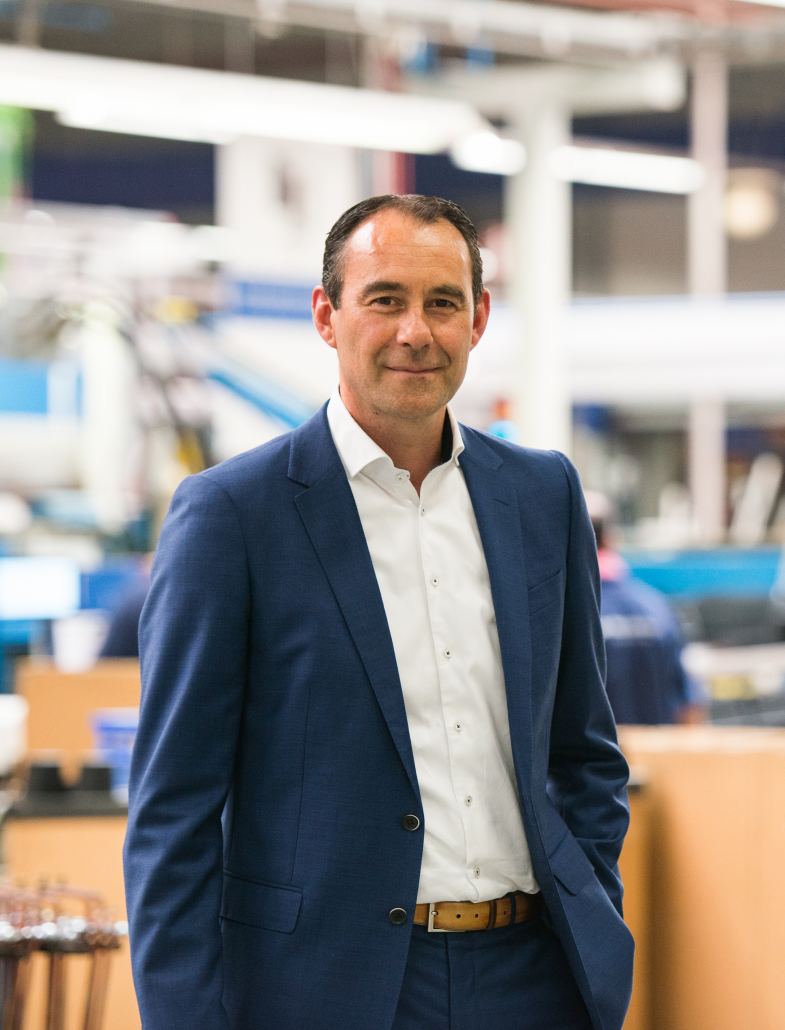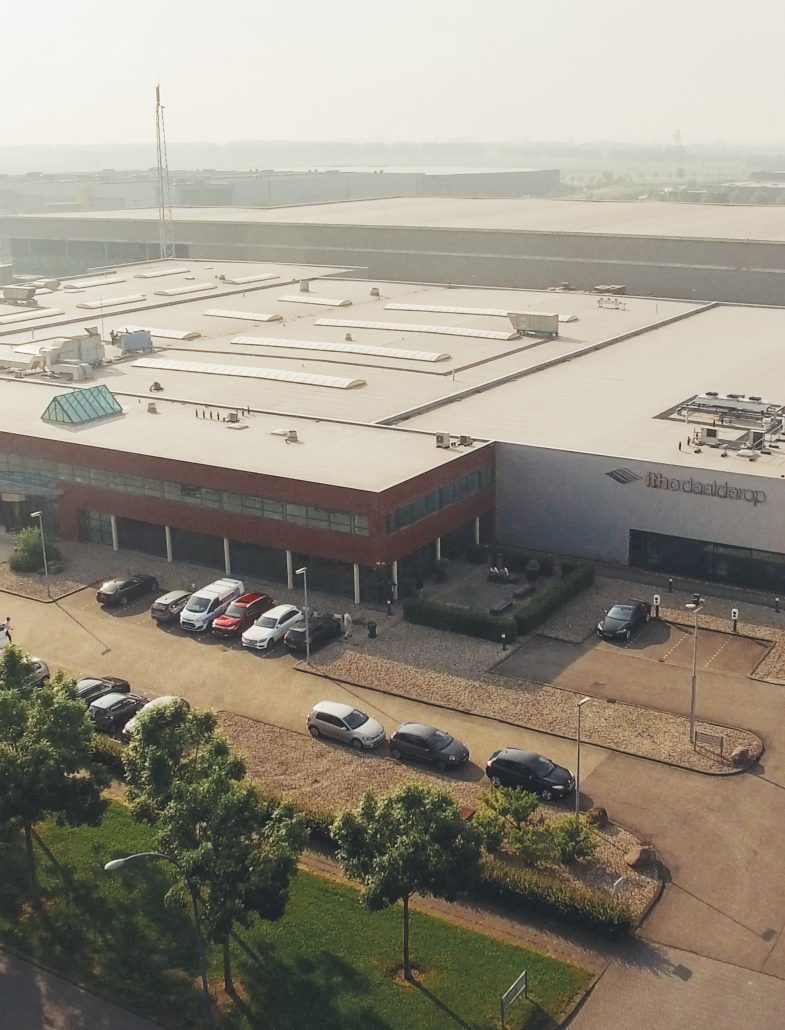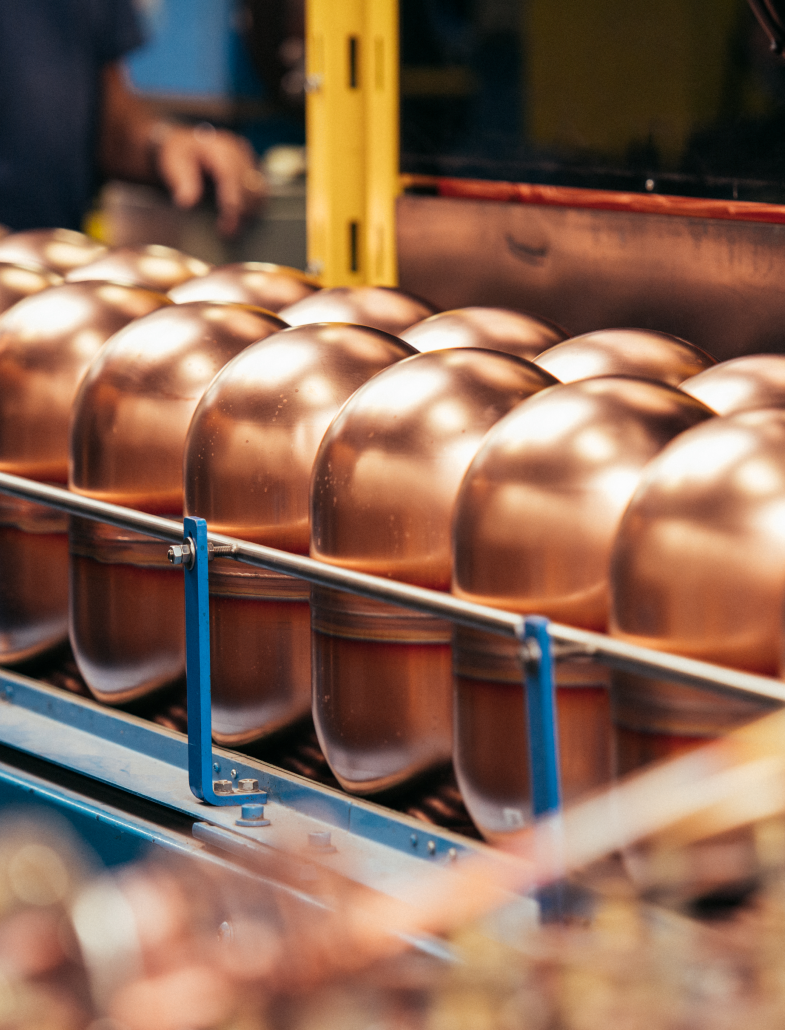The IIoT challenge
The advantages of the IIoT (Industrial Internet of Things) were clear to Albert van Loon, Production Technology Manager at Itho Daalderop. Using real-time machine data to conduct Condition Based Maintenance at the company’s factory in Tiel, The Netherlands, would certainly have a big impact on production reliability. But the reality of an IIoT connection for the mixed array of new and older machines appeared to be a formidable challenge.
This is something which many companies in the manufacturing sector appear to be struggling with. The common misconception about the so called fourth industrial revolution (Industry 4.0), is that it will require old machinery to be replaced with new, state of the art machinery. The costs appear to be considerable. But as Itho Daalderop discovered, this isn’t necessarily the case.
A case in point
Many pieces of older factory machinery have sensors, but as is typical for the so-called Industry 3.0 era, the data is only used within the machine itself. Itho Daalderop’s leak testing machine, built in the 1990s, is a prime example of this. The machine is part of the ‘small boiler’ production line and is used to test the boilers for leakages under 16 bars of pressure. It tests each boiler six times on a turning carrousel, testing around 500 boilers a day.
Albert van Loon explains, “We looked for a company which could open up the data. In the first contact with innius, we asked the question, ‘How can you open up our old machines?’ And, very quickly a good answer was given, ‘We use an Ewon® modem, by which we can get the data from the PLC to the innius cloud’.”
Ewon: a retrofit solution for IIoT
Connecting to innius via an Ewon Flexy, made by HMS Industrial Networks, provides Itho Daalderop with an IIoT retrofit for older machines. The cost of doing this, when compared to the estimated €200,000 required for a brand-new machine, is minuscule.
Experts from innius were available to help with the implementation if needed. But as it happened they weren’t needed. Gerard van Gelderen, Control Engineer at Itho Daalderop says: “The implementation of innius with a machine, went very well, because we could do that ourselves, quickly and easily”.
The implementation essentially consisted of some programming in the PLC itself and then plugging in the Ewon Flexy modem. The connection is made from the Ewon Flexy by Wi-Fi.
Condition Based Maintenance
With the production data now generated and shown on a dashboard, the maintenance team can quickly detect whether the machine is at fault, or whether the product is at fault. For a quality control machine, such as the leak tester, that is vital information. The Condition Based Maintenance now implemented allows machines problems to be signalled early on, even before the operator discovers it, allowing the Maintenance Engineers to replace leak tester parts during production breaks or evenings, so that the machine doesn’t have an actual breakdown during production.
If you’d like to find out more about an IIoT retrofit solution for your machines, contact us today.
More of Itho Daalderop’s customer testimonial
Why Smart Manufacturing?
Director of Operations, Kerst Algera, explains the strategy.
Itho Daalderop, a Customer Testimonial
“take an existing factory and bring it to manufacturing 4.0 level”
Impact of Condition Based Maintenance
“Standstills have been reduced to almost zero”

Curious what innius means for your business?
This is Richard, he’s happy to advise you! Please fill out the form and he will be in touch!






